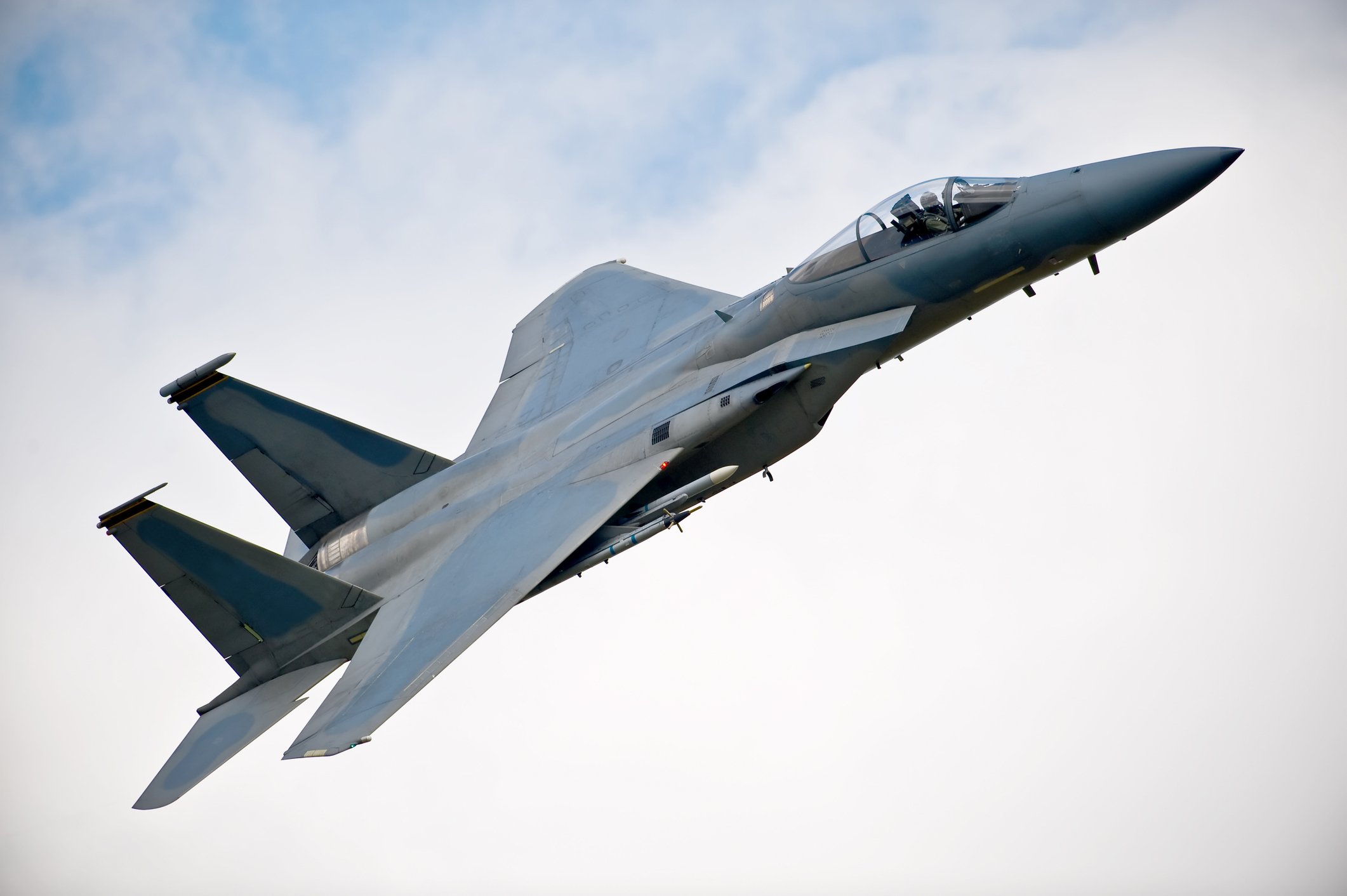Boeing (BA +2.11%) is the world's largest aerospace company, a market leader in commercial jetliners as well as military aircraft. While the company's commercial sales have grown rapidly, military sales have not kept pace. Constrained by the lower spending habits of U.S. and allied militaries, and fiercer competition for fewer dollars, Boeing's defense, space, and security business has seen flat revenue and earnings over the past five years. However, there's one massive growth market ahead for Boeing: combat drones. Despite its leading position in the aerospace and defense markets, Boeing has only a small presence in the combat drone market. With our current combat drones nearing obsolescence, and the competition heating up for a new generation of combat-capable UAVs, all that could be about to change.

Boeing's futuristic Phantom Ray combat drone. Photo credit: Boeing
Eyes in the sky
Today, Boeing's UAV offerings come primarily from the company's subsidiary Insitu, which it acquired outright in 2008 for about $100 million after partnering with the younger company to develop and market the ScanEagle drone. The ScanEagle is popular with the military, though it's no hunter-killer: at under 50 pounds loaded, and under five feet long, it's too small to pack a punch. It's size combined with its ability to be launched and recovered in the field with special equipment has allowed the ScanEagle to carve out a place as a premier low-flying, low-cost, portable tactical reconnaissance solution. Boeing doesn't break out revenue for Insitu or the ScanEagle separately, but the system has won some major military contracts, including a three-year, $300 million Special Operations Command contract that it was awarded last September.
Insitu is building out its offerings with the RQ-21 Blackjack, a slightly larger, more capable UAV with a wider and more flexible array of intelligence-gathering tools. Though small, unarmed, and more useful in tactical rather than strategic capacities, these platforms should continue to be an increasingly important part of modern combat.
Boeing is also hard at work on a secretive project it calls Phantom Eye, a program in the experimental stage being funded by the Air Force. The Phantom Eye is a successor of the experimental Boeing Condor, a UAV that in 1989 broke an altitude record for piston-powered aircraft by ascending to 67,000 feet, a record that still stands. Boeing envisions Phantom Eye as a liquid hydrogen-fueled surveillance drone capable of observing targets from extremely high altitudes and hovering for as long as seven to 10 days. This platform would compete directly with other high-altitude, long endurance UAVs, most notably the RQ-4 Global Hawk, which has already been a $10 billion program for manufacturer Northrop Grumman (NOC +0.19%) over the past decade, almost singlehandedly allowing Northrop Grumman to become one of the world's largest UAV providers. If the Phantom Eye can deliver on the ability to stay aloft for 10 days, it will have a dramatic advantage over the Global Hawk's 28-hour dwell time.
Hunter-killers
While intelligence, surveillance, and reconnaissance will continue to important revenue drivers for the UAV market, Boeing is also eying a growth market in armed combat drones equipped to carry out tactical strikes in contested airspace. At least $15 billion have been spent on the General Atomics Predator and Reaper drones, the only UAVs commonly outfitted with offensive weaponry, yet these drones are not suitable for combat against any but the most rudimentary opponents. To maintain the ability to strike targets in even thinly defended enemy airspace, radically improved drones are needed: which is part of the reason the market is expected to grow so dramatically, perhaps to as much as $19 billion annually over the next five years.
And while Boeing hasn't been very visible in the combat drone arena, that doesn't mean it's been idle. In 2002, Boeing began work on an unmanned combat system incorporating stealth technology and networked operations called the X-45. By 2005, the X-45 was executing precision weapon drops demonstrating an incredible degree of autonomy in navigation and operation, allowing a single operator to control multiple aircraft. Boeing seemed ready to rule the future of unmanned combat aerial vehicles, but in 2006, the Air Force decided to withdraw support from the program.
The full history behind the cancellation of the X-45 is as fascinating as it is secretive, but for all intents and purposes, the X-45 was already dead. Battlefields would get clunky, converted reconnaissance UAVs as combat drones, and the futuristic X-45 would be forgotten... everywhere but at Boeing. Secretly, Boeing continued work on the UAV technology demonstrator that had been the X-45. Boeing unveiled the UAV, now called the Phantom Ray, in 2010, promoting the UAV as offering not only intelligence, surveillance, and reconnaissance, but advanced capabilities like suppression of air defenses and electronic attack.
Because Boeing has developed the Phantom Ray using its own funding and resources, rather than as part of a military contract, it maintains full control over the program. While currently without a customer, if the UAV performs to Boeing's expectations, Boeing could submit the Phantom Ray or a variant for virtually any next-generation stealth combat drone program, perhaps as soon as this year for the Navy's Unmanned Carrier-Launched Airborne Surveillance and Strike program. Capturing an early contract might not be worth much initially, especially considering the resources Boeing already sunk into the Phantom Ray, but over time a strong foothold in a growing, multibillion-dollar market could be boost Boeing's defense business needs.







